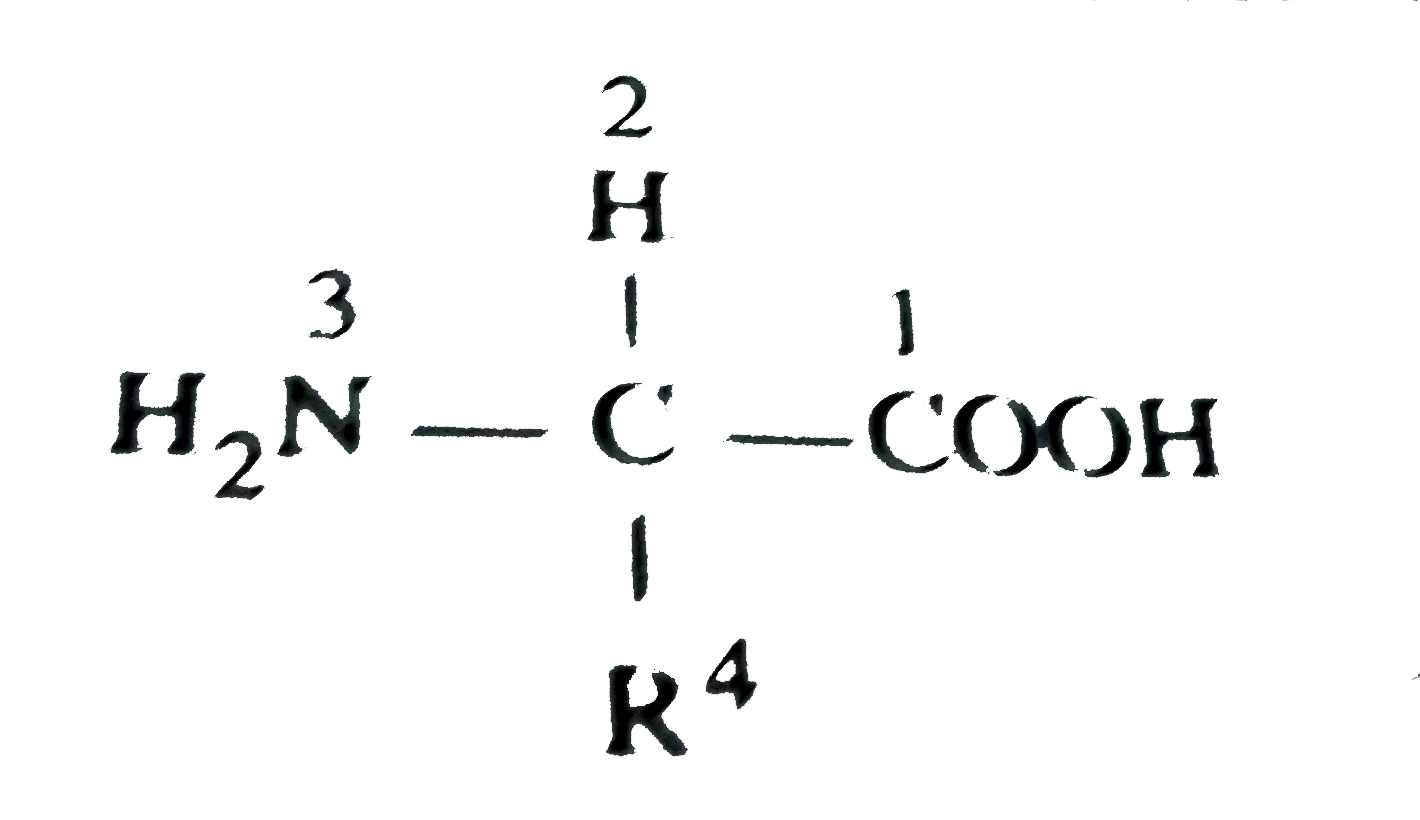If we observe the structure of proteins, disulphide bonds are formed between
Cysteine residues that are close together
Cystine residues that are close together
Proline residues that are close together
Histidine residues that are close together
The correct Answer is:A
To solve the question regarding the formation of disulfide bonds in proteins, follow these steps:
1. Identify the Components of Proteins:
- Proteins are made up of amino acids, which consist of an amino group, a carboxyl group, a hydrogen atom, and a variable R group.
2. Understand the Role of Cysteine:
- Among the amino acids, cysteine is unique because it contains a thiol (-SH) group in its side chain (R group). This is important for the formation of disulfide bonds.
3. Formation of Disulfide Bonds:
- When two cysteine residues come close together, their thiol groups can undergo oxidation. This reaction leads to the formation of a covalent bond known as a disulfide bond (–S–S–).
4. Identify the Correct Answer:
- The question asks between which residues disulfide bonds are formed. The correct answer is:
- A) Cysteine residues that are close together.
- This is because disulfide bonds specifically form between the thiol groups of cysteine residues.
Final Answer:
Disulfide bonds are formed between cysteine residues that are close together (Option A).
---
- Proteins are made up of amino acids, which consist of an amino group, a carboxyl group, a hydrogen atom, and a variable R group.
- Among the amino acids, cysteine is unique because it contains a thiol (-SH) group in its side chain (R group). This is important for the formation of disulfide bonds.
- When two cysteine residues come close together, their thiol groups can undergo oxidation. This reaction leads to the formation of a covalent bond known as a disulfide bond (–S–S–).
- The question asks between which residues disulfide bonds are formed. The correct answer is:
- A) Cysteine residues that are close together.
- This is because disulfide bonds specifically form between the thiol groups of cysteine residues.
Disulfide bonds are formed between cysteine residues that are close together (Option A).
Topper's Solved these Questions
Similar Questions
Knowledge Check
The structure of azido carbon disulphide is
ACS2(N3)2B(SCSN3)2CCS2N3D(CSN3)2\Ionic bonds are formed between __________.
Anegatively charged ionsBoppositely charged ionsCneutral atomsDpositively charged ionsIn the structure of pro - insulin in humans disulphide bonds exist between
Abetween B peptide and C peptideBbetween A peptide and B peptideCbetween C peptide and A peptideDbetween A and C peptide as well as B and C peptide
A covalent bond is formed between
View SolutionGlycosidic bonds forms between
View SolutionChief structural bond in protein is
View SolutionChief structural bond in protein is
View SolutionAssertion: The two strands in double strand helix structure of DNA are complementary to each other
Reason: Disulphide bonds are formed between SQPecific pairs of bases
View Solution

